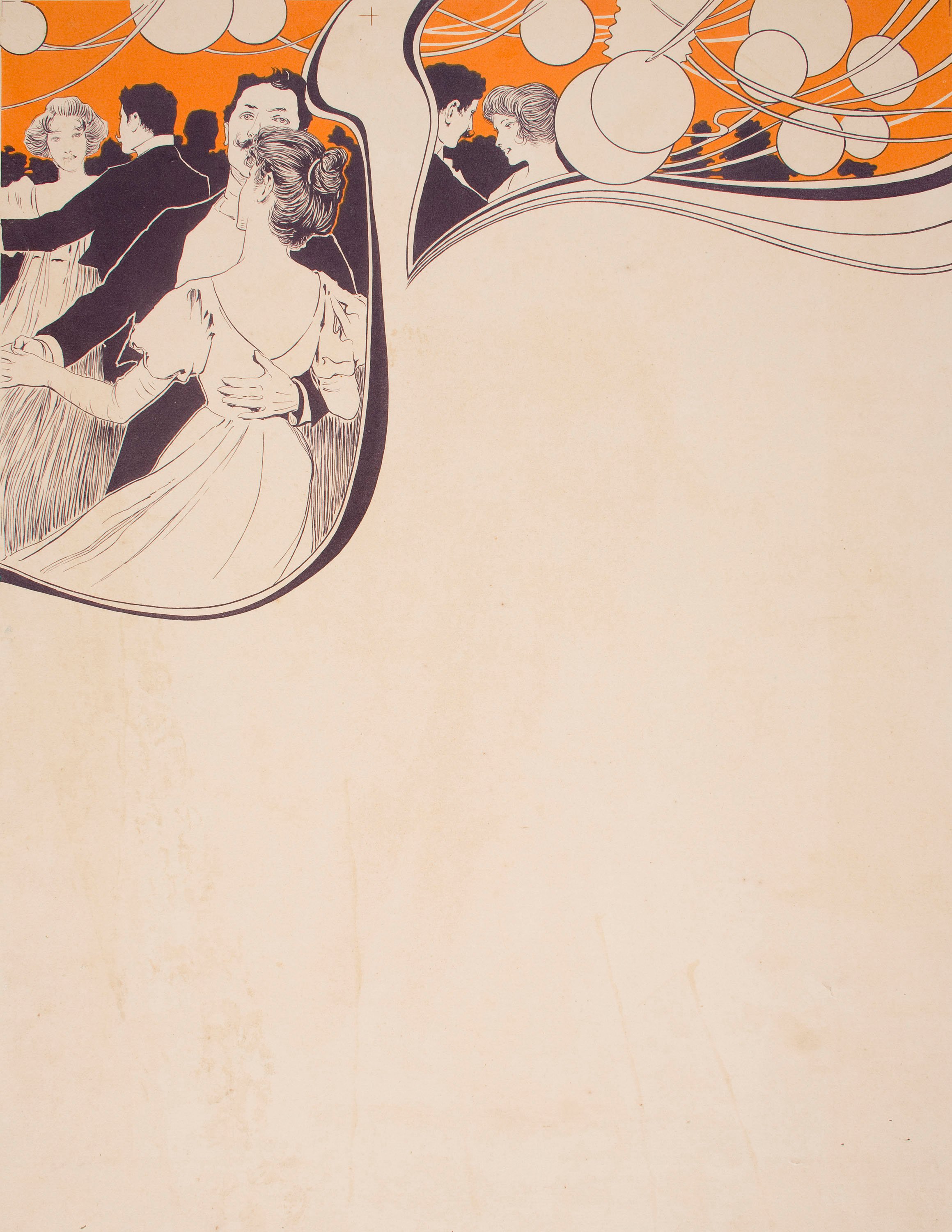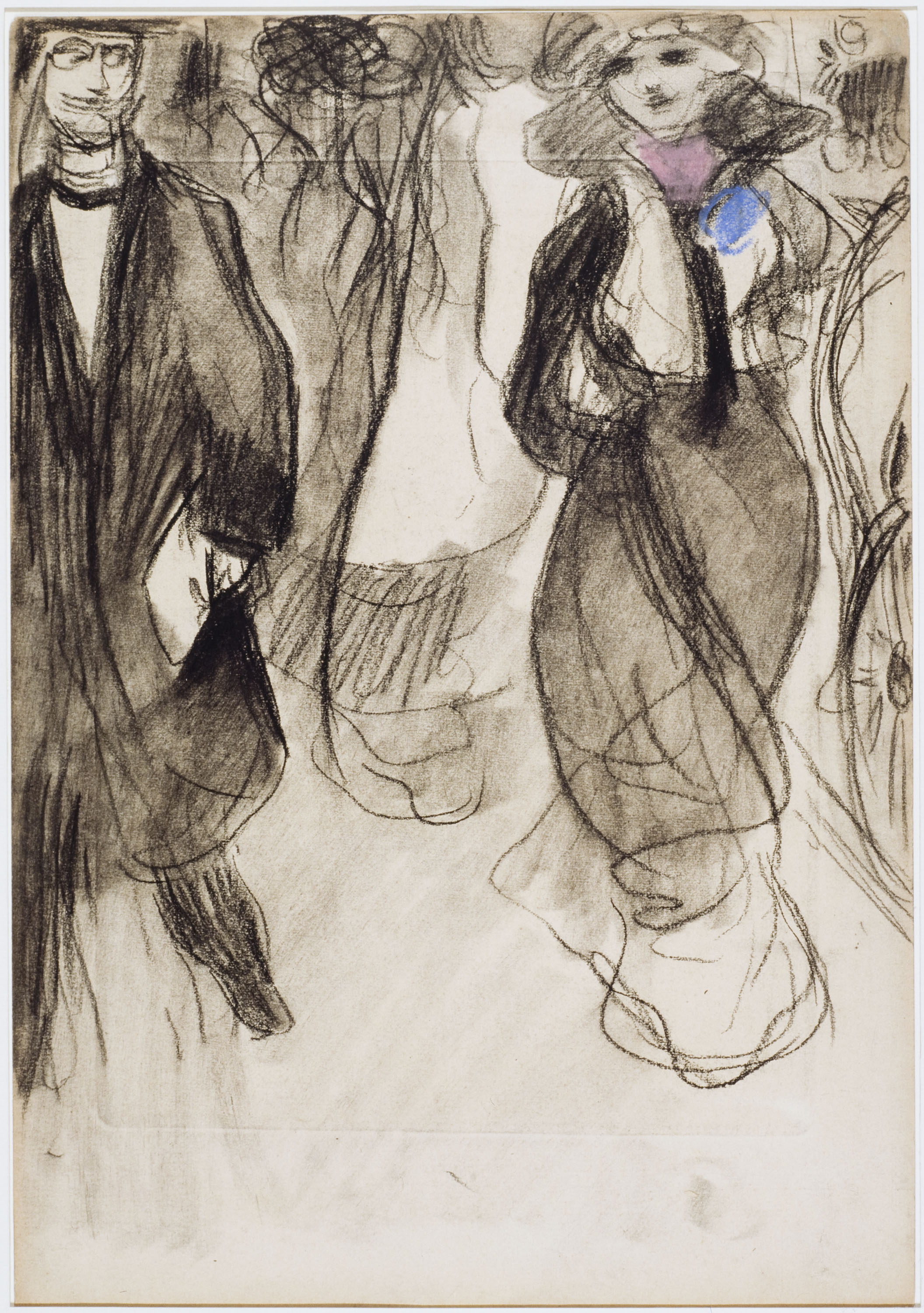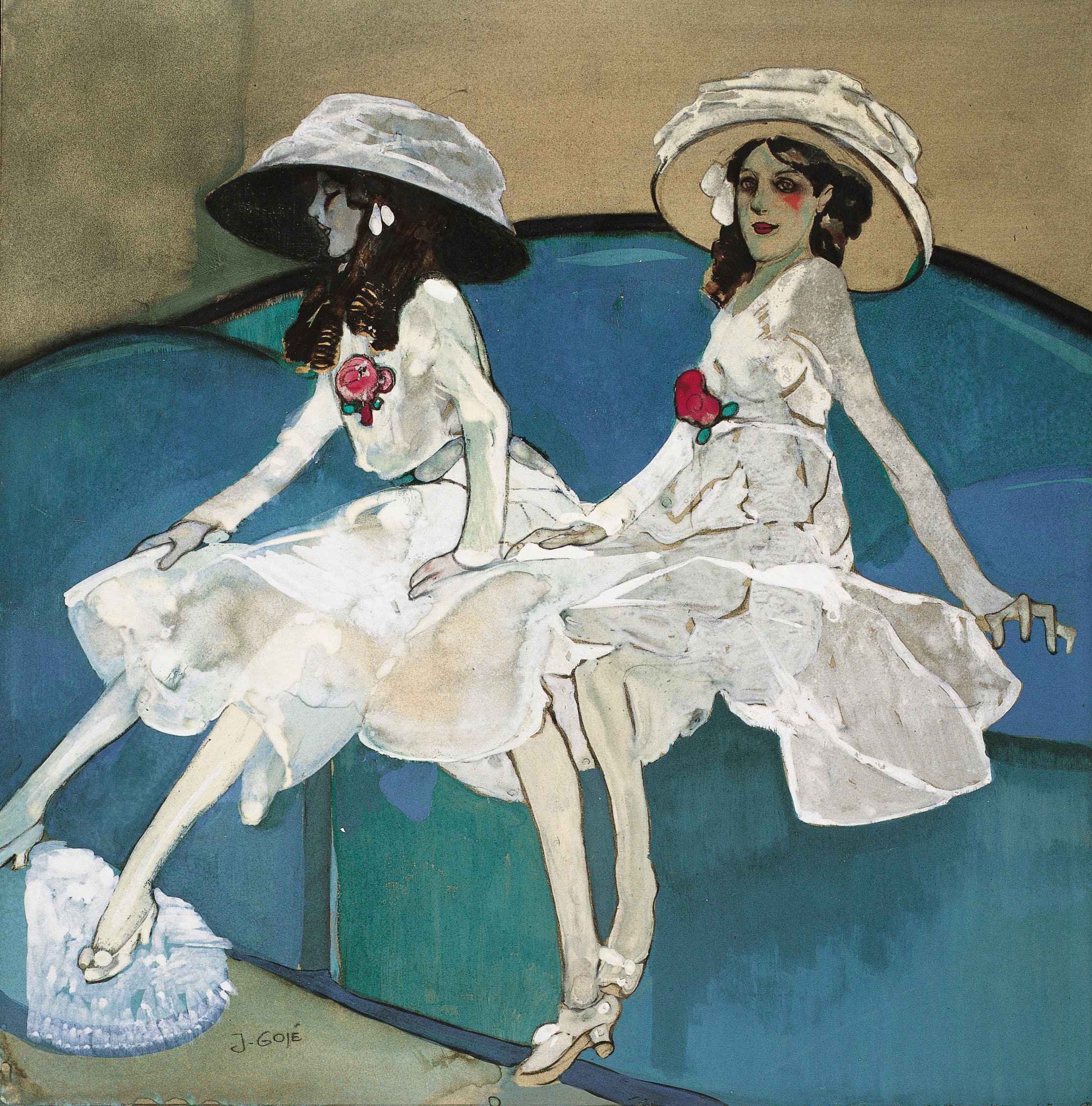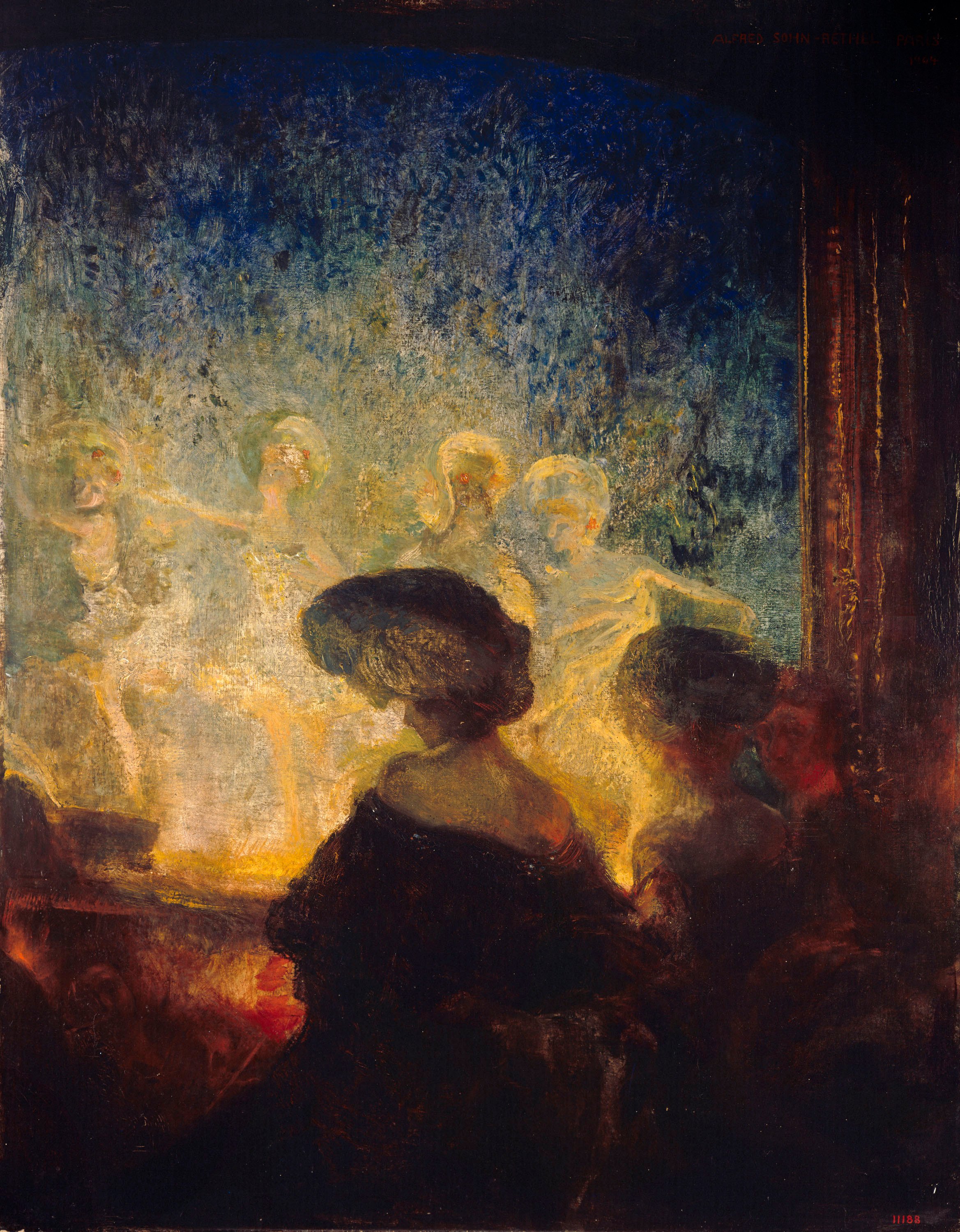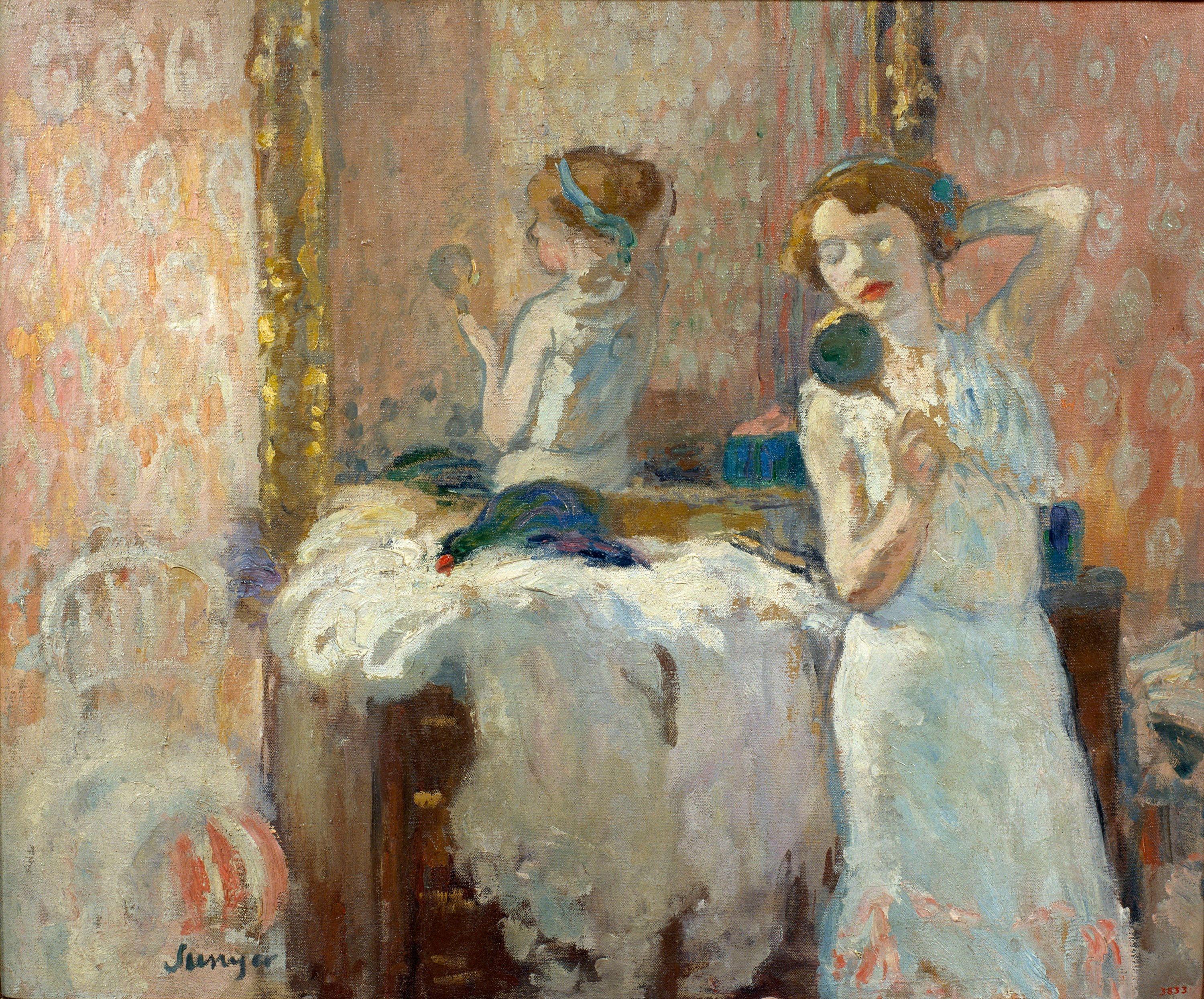In The Painter of Modern Life, an essay published in 1863, Baudelaire identified art with what is fleeting and circumstantial, the inconstant that characterises modernity, and the artist with the flâneur, the enervated, curious ‘stroller’ who fades into the crowd. The theatre and the music-hall, the boulevard and the park, the night, fashion, female make-up... are the places and objects of this modern life, inseparable from the pace of the city of masses, which has become a spectacle in itself. Around 1900, in Paris or in Barcelona, as in so many European cities, artists seemed to culminate the role assigned to them by Baudelaire.
II. Modernism(s)
- II.16. The painter of modern life
II.14. 'Modernistes' in Paris [1]
II.15. 'Modernistes' in Barcelona [2]
II.16. The painter of modern life
II.17. The ‘Modernista’ home [3]
II.18. Antoni Gaudí and Josep Maria Jujol [4]
II.19. Conservative ‘Modernismes’ [5]
II.20. Symbolisms 1 [6]
II.21. Bohemia, miserabilism and black painting [7]
II.22. Symbolisms 2 [8]

